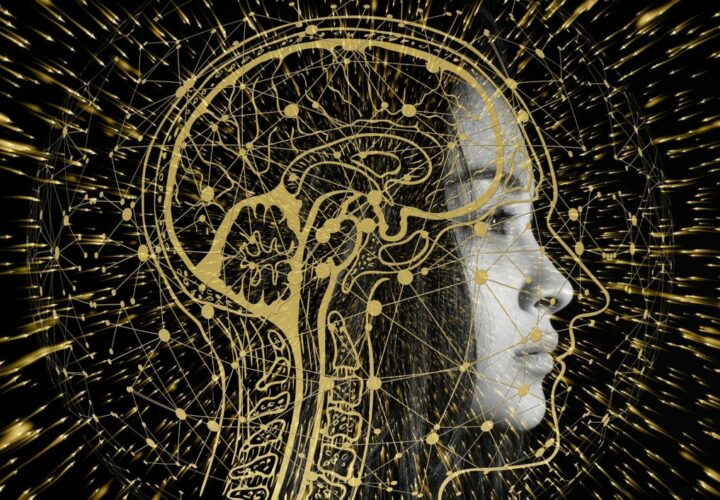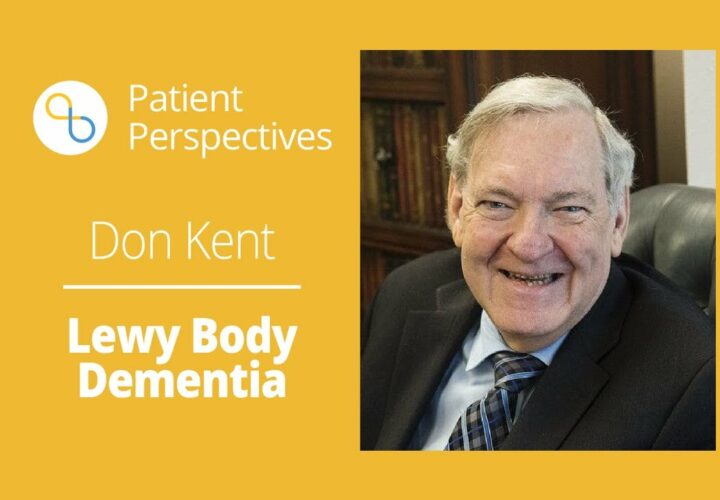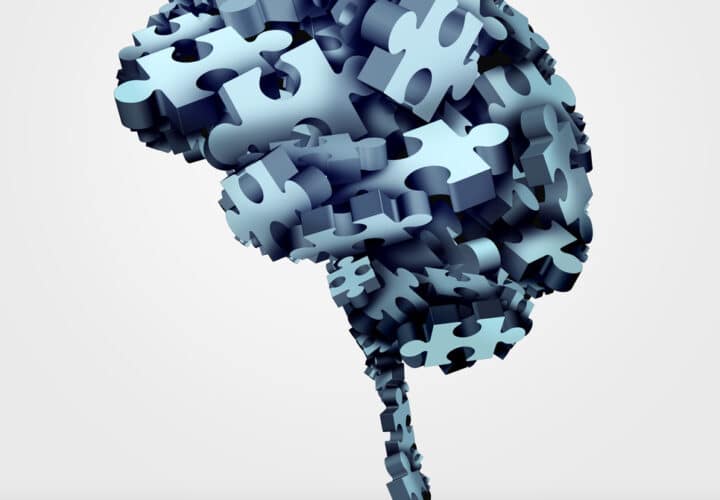Dementia is notoriously difficult to accurately diagnose. Parkinson’s disease dementia and Lewy body dementia can be especially hard to tell apart, even for experts.
Gordon Gastil was a field geologist, an amateur botanist, and scientist his whole life, constantly in awe of the world around him. “He was climbing mountains, running around being crazy, cracking terrible dad jokes,” His son John told Being Patient in a LiveTalk. “When Parkinson’s came to him, that freedom of movement was the first thing that you started to see go.”
In the United States, roughly 60,000 people are diagnosed with Parkinson’s disease every year. The second most common form of neurodegeneration after Alzheimer’s, Parkinson’s not only leads to a decline in motor functions; it may also bring cognitive impairment and behavioral symptoms.
Some people with Parkinson’s disease would eventually develop dementia, a syndrome that describes the loss of memory, thinking and behavioral functions that interferes with people’s daily lives. When dementia occurs after people develop Parkinson’s, clinicians call this condition Parkinson’s disease dementia, though not all people with the disease would experience dementia.
For others, like Gordon, they could receive a dual diagnosis of Parkinson’s disease and Lewy body dementia. Parkinson’s disease dementia and Lewy body dementia differ early on: In Lewy body dementia, the onset of cognitive decline develops before or around the same time as motor symptoms. But as the disorders progress, their associated brain changes and symptoms are so similar, in fact, that scientists and clinicians often think of the two as being on the same spectrum as opposed to distinct diseases.
Because symptoms of the disorders often overlap and that various health conditions can mimic their symptoms, getting an accurate diagnosis can be difficult. Accordingly, clinicians say that seeking a specialist is critical to receiving the appropriate diagnosis and care.
How Parkinson’s Affects the Brain
According to Dr. Zoltan Mari, director of the Parkinson’s and Movement Disorders Program at Cleveland Clinic Lou Ruvo Center for Brain Health, Parkinson’s in its early stage damages a brain region known as the nigrostriatal pathway. Neurons in the nigrostriatal pathway break down and eventually die, depleting the brain of dopamine — a chemical messenger that regulates movement. That’s why motor symptoms including stiffness, slow movement, tremors and poor balance are often early symptoms of Parkinson’s, Mari told Being Patient. As the disease progresses, Mari said Parkinson’s can impact parts of the brain including the frontal and temporal lobes that regulate some key aspects of cognition and behavior.
“At some point, the underlying pathological process happening in the brain could reach and affect some of the networks and parts of the brain which are responsible for memory, cognition, mentation, executive functions,” Mari said. “That’s when you will start experiencing the symptoms of dementia at some point.”
The pathology of Parkinson’s is characterized by alpha-synuclein, proteins that accumulate in cells. While the precise functions of the protein in its normal state remains unclear, research has shown that it plays a role in regulating various cellular processes. When the protein misfolds, however, Mari said it becomes toxic, resulting in the loss of cells.
“It is part of our brain,” Mari said of alpha-synuclein. “We physiologically rely on it. But something happens to it for it to start misfolding. It has a different shape, and that makes it toxic. That’s the underlying reason why everything goes awry and eventually leads to cellular death.”
The same pathology is present in Lewy body dementia. But, there are currently no diagnostic tools that are validated to measure the levels of alpha-synuclein. So when diagnosing dementia like Parkinson’s disease dementia and Lewy body dementia clinicians look to other indicators, like symptoms.
For Gordon, who became fascinated with archaeology late in his career, the family knew there wasn’t much time left for him to visit the Mayan ruins in person as his health declined. So, they travelled to the archaeological site before it was too late. The fluctuations in his symptoms from day to night, however, alarmed other travelers in their tour.
“On a couple of nights on that trip in the evening, he really caused some of the other guests on that trip to almost panic,” his son John said. “This is not the same guy who was walking around at the base of a pyramid with us earlier today. He seems really lost.”
According to Mari, the ebbs of flows of symptoms within the day are a hallmark feature of Lewy body dementia. Yet even with these telltale signs, there is another complicating factor: Just as symptoms may vary day to day, the way they manifest tends to vary from one person to another.
Take mood changes: Even though apathy and depression are considered symptoms of both Parkinson’s disease and Lewy body dementia, Gordon didn’t follow the norm: “He was never going to be apathetic,” John said. “He became more optimistic. He became sweeter.”
For these reasons, dementia is notoriously difficult to diagnose, sometimes taking two, three, even six tries before landing on the right diagnosis. Given the complexities of dementia, and the fact that there are also health conditions like strokes and cerebrovascular disease that mimic its symptoms, Mari urged people to consult with a movement disorder specialist for an accurate diagnosis and appropriate treatment for Lewy body dementia and Parkinson’s.
“I always encourage patients to seek a subspecialty expert in the field who can piece together clinical signs, history and also supportive data including imaging, psychological evaluation and other data to arrive at a high certainty clinical diagnosis,” Mari said. “Even the experts are not 100 percent [certain, but] in terms of the diagnostic accuracy, experts who do this and only do this all the time will have a much greater chance of getting it right.”




could also be prion disease. misfolding proteins are involved in prion disease.
prions are in our food system and in vaccines.